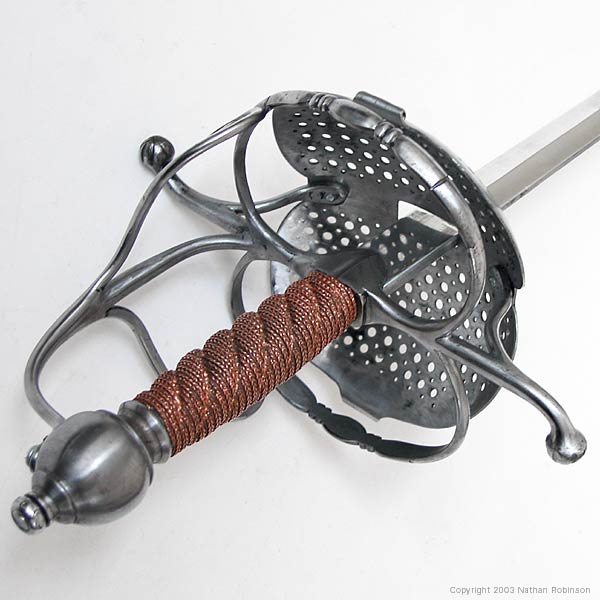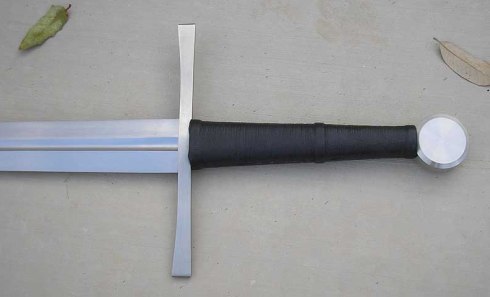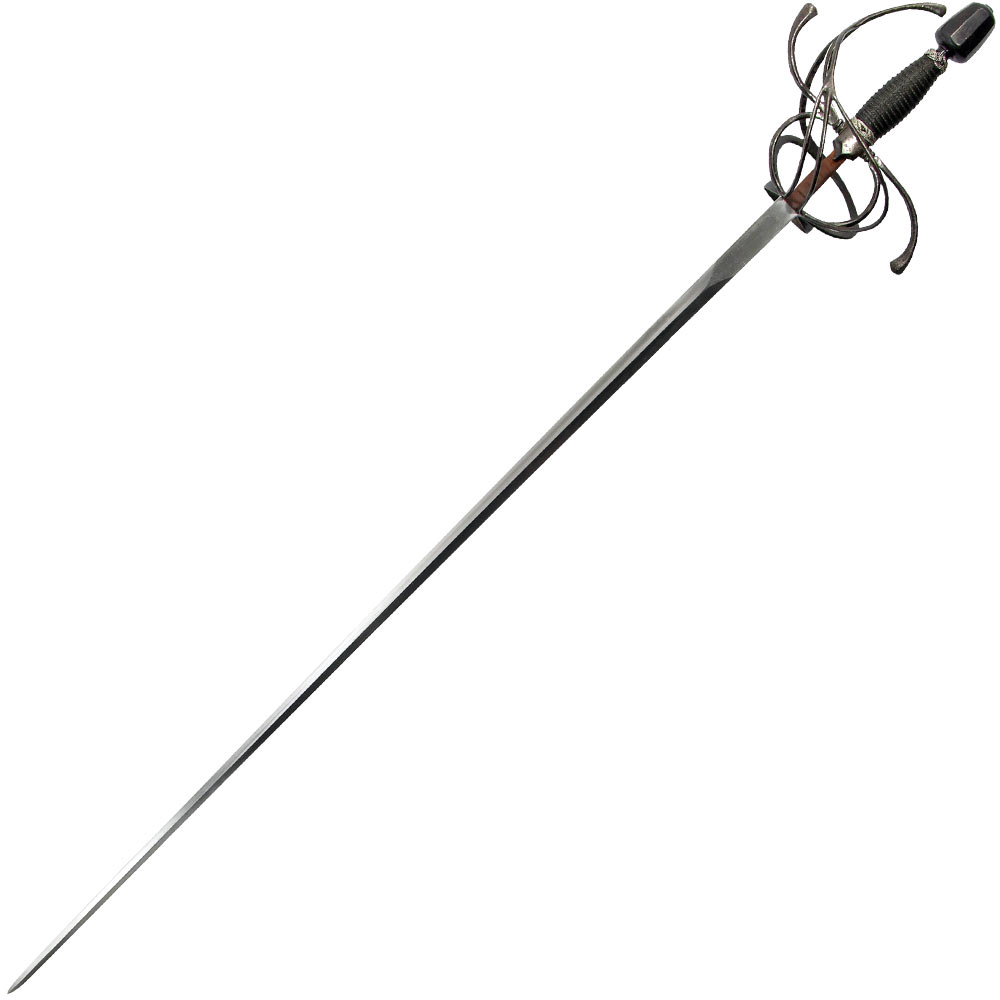Cool thread guys.
I am very surprised that the rapier is seen as such a good weapon.
I thougt it fell mostly in the ''épée de cour'' category.
Is there a consensus that the rapier is superior to the longsword in a duel without armor ?
Well, I don’t know about consensus, but if historical evidence in a free market of ideas is any proof, then certainly, yes. Rapiers became the default dueling weapon and sidearm for people who expected to engage in sword fights and superseded the longsword. If the rapier weren’t a better dueling weapon, people would have had an incentive to stick with the longsword.
To come at this from another angle in a context where swordsmanship had already largely started to ossify and stagnate due to enforced isolation and cultural conservatism, let’s take a look at the radical (in Japan) ideas of Musashi Miyamoto, Japan’s single most famous and successful duelist.
Musashi is famous for winning a lot of duels and for developing his two sword style. Musashi may have been influenced by Portuguese traders of the era, which was well into the heavy rapier and dagger era. Or it’s possible that he could have arrived at the this by dint of his own particular genius. Either are certainly possible. What is known is that he definitely did use and advocated the use and practice of two swords, both for simultaneous offense/defense.
The first thing to note here is that while not identical, the Japanese katana and European longsword (both broad categories) are very similar in weight and usage to the each other in the general sense. The katana is shorter and single edged, but for the most part, the techniques bear striking resemblances.
Here is what a lot of people miss about Musashi and the Niten-Ichi (two swords as one) school. The primary purpose of training with two swords, one in each hand is not to to develop the competency of fighting with two swords at once. The primary purpose of practicing with one sword in each hand is to develop the competency of fighting with the long sword (katana) one handed. Musashi states this explicitly and as very, very clear on this point. In fact, this is the very first point he makes in his first treatise on swordsmanship.
This bears repeating. Musashi - the single most venerated and accomplished duelist in recorded Japanese samurai history - thinks the superior method of utilization of a long sword is to wield it with one hand.
So in a way, even Musashi is saying that a rapier is superior to a longsword.
I think if Musashi were living in a more liberal minded society open to new ideas and methods, such as that of Europe at the time instead of the rapidly petrifying and fossilizing isolationist conservatism of Japan, then Japanese swordsmanship would have developed pretty much along the same lines they did in the West. As it were, different Japanese schools were experimenting with longer swords and others would become lighter and faster, which would have made one handed use that much easier before cultural fundamentalism put a halt to all of that on the Japanese isles.




